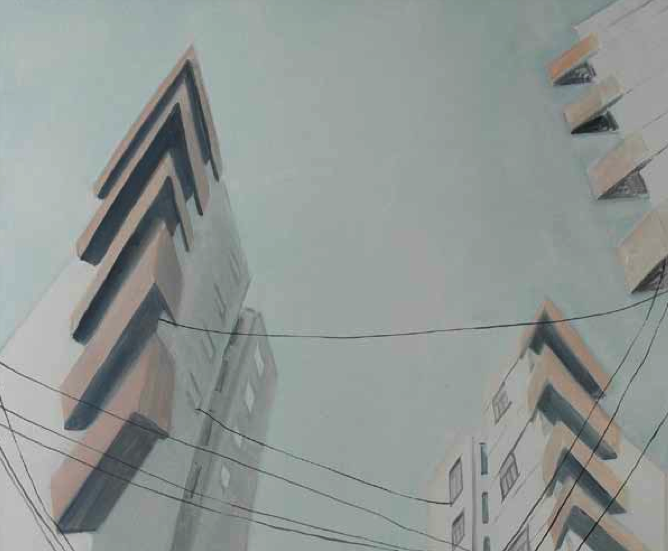
In Miguel de Cervantes Don Quixote (1605) we meet the man from la Mancha who is obsessed by reading old stories about knights and totally giving in to his fantasies and becoming a knight errant. Don Quixote is noble-minded, an enthusiastic admirer of everything good and great, and loving Dulcinea, the imaginary damsel of his heart with all his strength. His companion is Sancho Pansa, who is convinced that all his fine qualities accidentally are blended with a relative kind of madness, but he is also following him with devotion. As the story continues the people around him see the beauty and joy they find in someone who is passionately following his ideals. An interesting aspect of the book is the meta-level in which our hero hears in the second part of the book the adventures about himself, believing that this has to be another Don Quixote, because he himself knows better what happened to him. He also hears about stories, that are going to happen to him in the future, because people meeting him in the book already read the second part of the novel. With a trick a writer of his village fights him in person of the knight of the mirrors and gets his promise, that if he is inferior, Don Quixote has to go back to his village and is not going to be a knight errant anymore for a years length. Being deprived by his fantasies Don Quixote returns to his home village and dies. This is a beautiful and sad picture of how important it is to get along with your ideals and follow your passions. Like Buckminster Fuller (1895 – 1983) an American architect, author, designer, inventor, and futurist writes in his essay „Doing your own thinking“: „...that we are here then as problem-solvers, and particularly metaphysical problems - to solve in principle. Therefore, we’re going to have to get more and more courage to really go along with the principles, and have less and less fear of upsetting the tradition and the game, and be less and less afraid of those who are afraid.“ Reading Don Quixote in China and then running into the model for a sculpture of Don Quixote at the art department of the Jiaotong University in Chengdu was the trigger for me to make him the main character in this installation of found objects and paintings. The hanging sculpture of Don Quixote’s suit of amour is lapidary put together out of materials I found on the market in Chengdu; like he tinkered his own in the book, I tried to create a suit of armor for him out of Chinese products to be protected for things to come. Don Quixote is leaving the house for his adventure and passing images of nowadays China with portraits of foreigners from TV, like a person who is openly condemned in a television show and people well known like Liu Xiaobo, who went to prison for 11 years in December 09 for supporting the democracy movement in China. He passes the interpreted and sometimes mistaken environment like the very sharp edged buildings of the university campus and the new architecture of the Olympia stadium in Beijing - images taken from the media and the surrounding I was confronted with. Not able to read and understand the newspapers I bought, I tried to understand which topics were discussed in the news by interpretation the photos. There is a woman soldier from the army, an old hundred years ago Chinese guy, a tribal image of the Naxi people from Yunnan. These images are glimpses of a foreigner in China, it’s past and the present, environmental problems, economical promises and signs from the workers world - things I saw and heard. Like Don Quixote is fighting a reality where everything which comes upon himself seems to be an adventure, the impression arises, that the Chinese society is challenging the Juggernaut and trying not to get sucked into the vortex portal of another dimension.

